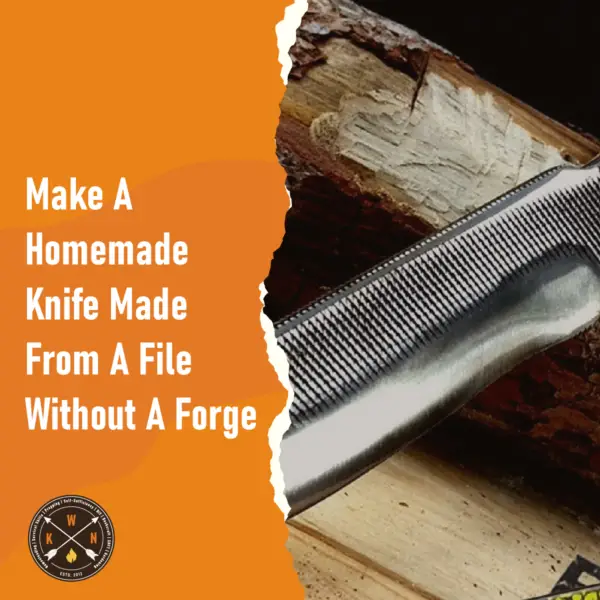
Make A Homemade Knife Made From A File Without A Forge
Mora Knives aside, it can be difficult to find an affordable, quality bushcraft type survival

Mora Knives aside, it can be difficult to find an affordable, quality bushcraft type survival
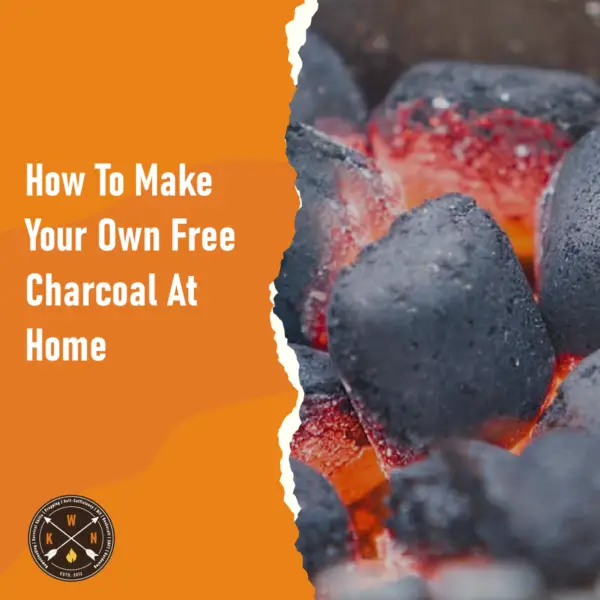
For most of us, charcoal means one thing – summer barbecues! However, charcoal can also

Update: Due to localised panic buying because of the coronavirus pandemic, many local stores have
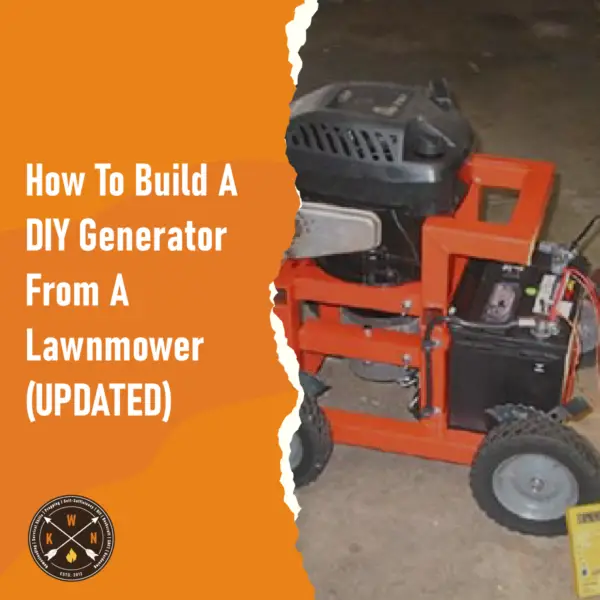
So you know getting a backup generator is a great idea, but you just can’t
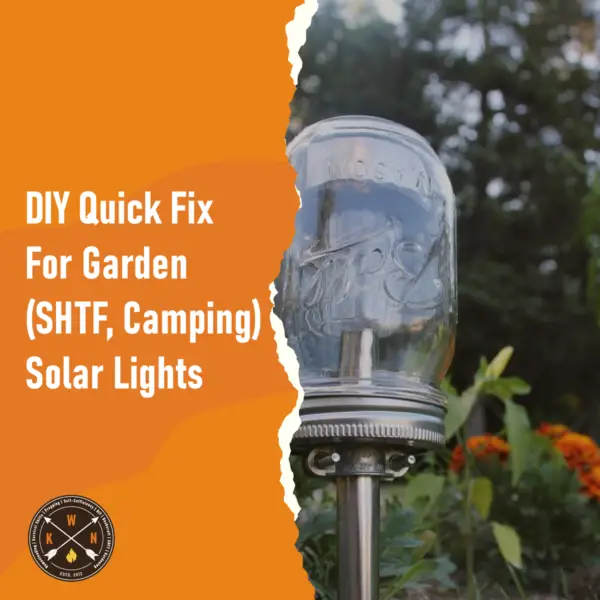
Solar lights like the picture above are in 90% of American gardens and yards, they

With the cost of living skyrocketing in areas all throughout the country, many consumers are

Are you looking to do a little paint refresh? Do you want to do it
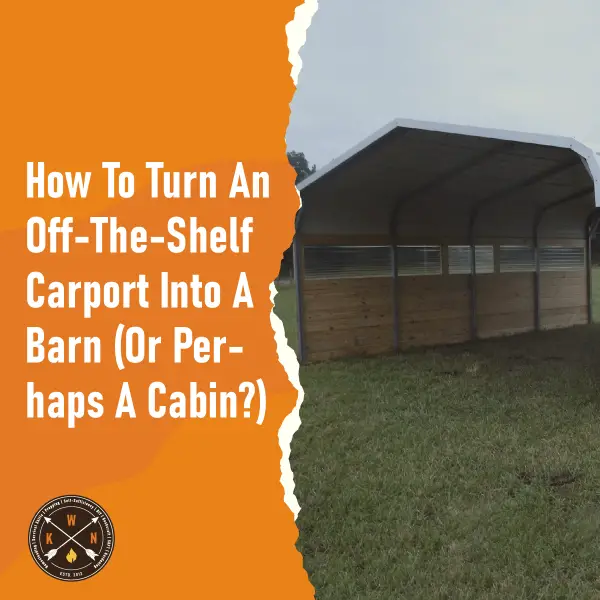
What a great idea! Purchase an off-the-shelf carport, assemble it, clad it with timber, add